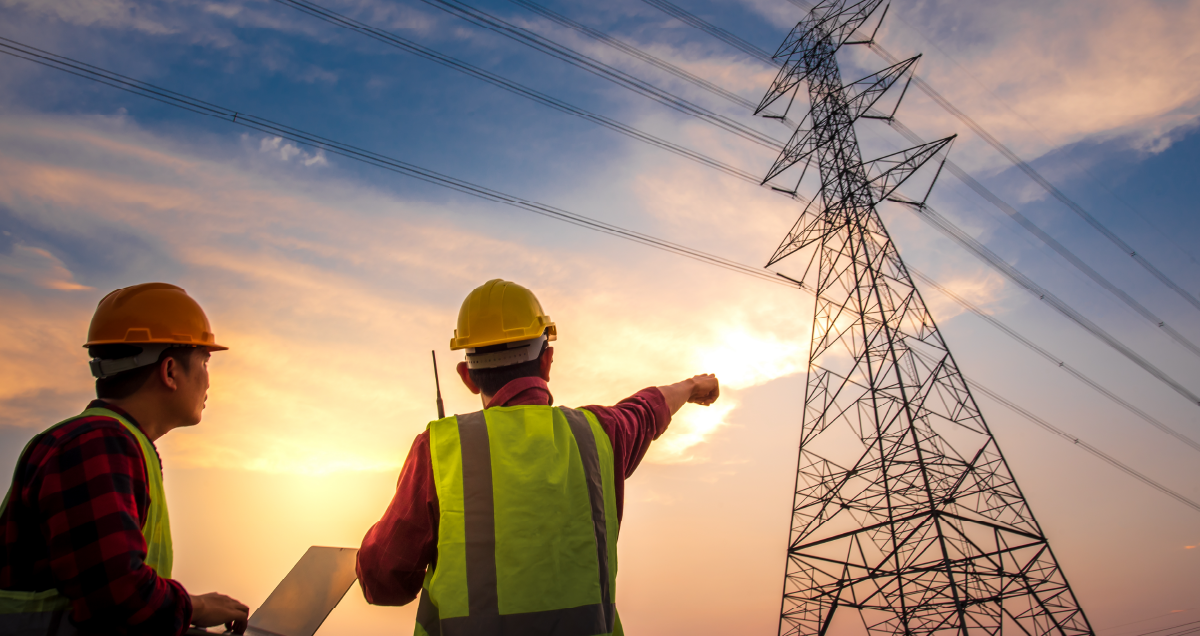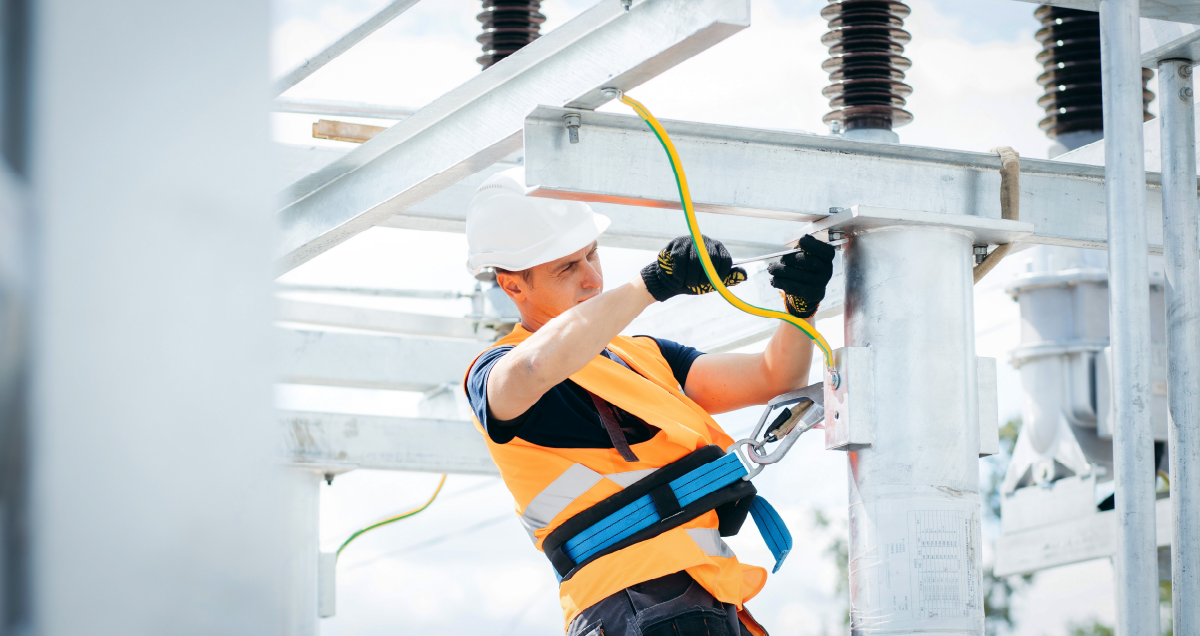Are we at the start of an electricity supercycle?

Financial analysts and industry observers are predicting that a new electricity supercycle could be underway, according to The Economist.
Some of the biggest energy companies are currently outperforming stock market favorites like major tech companies, transforming from safe dividend-paying stocks into growth stocks.
A mix of factors is fueling this ‘buzz’, from countries doubling down on decarbonization and snowballing electricity demand to the expansion and strengthening of the world’s power grids to support this growth.
For instance, the International Energy Agency (IEA) estimates that investment in grid infrastructure reached nearly $400 billion in 2024, after a previous decline. However, this needs to rise to around $600 billion annually by 2030 to meet climate targets.
What’s behind this looming supercycle?

Doubling down on electrification to decarbonize
An electricity supercycle refers to a prolonged period of significant growth and change in the global electricity market.
One major contributing factor to market growth is the push toward electrification, replacing fossil fuels with electricity in all aspects of life. This ranges from electric cars to heat pumps and industrial processes such as electric steelmaking. The transition involves moving from fossil fuel-based electricity, like coal, to low-carbon alternatives, like natural gas and carbon-free ones, such as renewable energy.
The impact of electrification spans the entire value chain — power generation, transmission networks (masts), electricity storage, and distribution to homes and businesses. From an investment perspective, this translates to rapid growth for power companies, equipment makers and service providers, making them attractive stocks. For example, since the start of 2024, the market value of Mitsubishi Heavy Industries has doubled, due in part to the strong performance of its energy business.

Growing energy needs
Not only is the share of electricity in our energy consumption on an upward trajectory, but our growing need for energy itself appears unstoppable.
Economic growth in emerging markets such as India, China and Southeast Asia is one of the drivers. The first two will require several hundreds of billions of dollars of investment into grid infrastructure in support over the next five to seven years, The Economist reports. The ASEAN nations of Southeast Asia will require $22 billion annually by 2035 to update their electricity networks and interconnect them.
Another driving force is digitalization, including the move to cloud computing, the Internet of Things, the arrival of high-speed 5G networks and, above all, the advent of generative artificial intelligence (AI).
The resulting exponential need for processing power will see capital spending surpass $2 trillion by 2029 and data center capacity expand by up to 22% year-on-year until 2030. In the next two years alone, the power needs from data centers could double from their 2022 levels, the IEA predicts. Unsurprisingly, power is the primary constraint for the expansion of AI, says investment advisor Tema.

Building out grid infrastructure
Aging electricity grids are struggling to keep up with this rising demand and the influx of renewable energy sources.
Electricity networks in the developed world are “old and creaking”, The Economist reports. In Europe, the resulting bottlenecks are challenging the bloc’s capacity to compete with the rest of the world. Mario Draghi’s recent report on The future of European competitiveness calls for a collective focus on stepping up grid deployment.
Grid constraints are slowing the connection of new solar and wind farms and limiting the amount of renewable energy the grid can absorb. To meet growing demand and avoid wasting green energy, investment is needed in both transmission and distribution networks, and energy storage solutions like batteries, according to Tema. These can help mitigate the intermittency of renewable sources, ensuring that supply gaps are bridged when the sun doesn’t shine and the wind doesn’t blow.
A substantial investment opportunity
Whether these trends turn into a supercycle or not, investing in the world’s electricity grids offers private and public investors a substantial opportunity. However, collaboration between policymakers, grid operators, energy producers and end users will be needed to create the foundations for an efficient and resilient power system — and an attractive environment for investors.
![]()
Discover more about MHI’s focus on supporting power grid expansion





